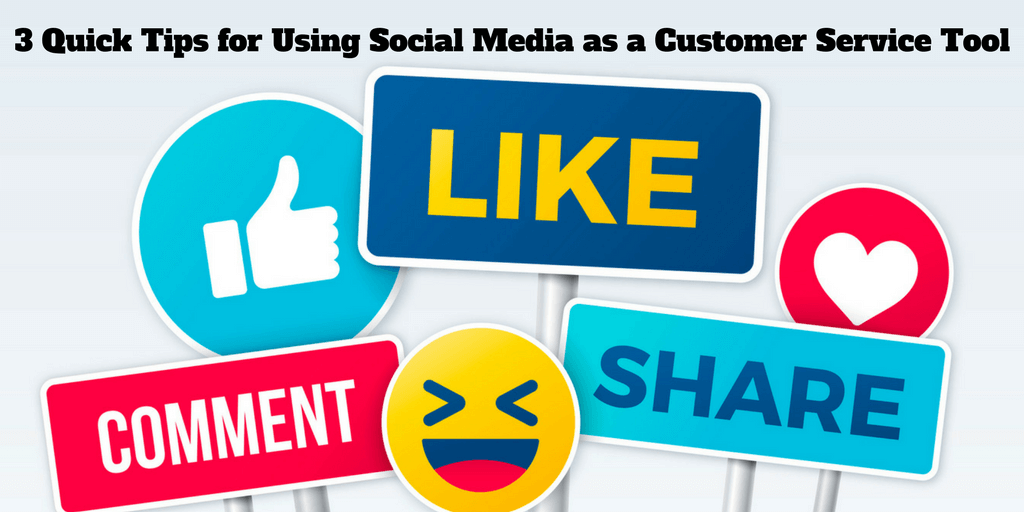3 Quick Tips for Using Social Media as a Customer Service Tool
Back in the day when you had a problem with a product or service, what you would do? You’d pick up the phone, call the business and ask to speak with a manager. If you were a little more technologically savvy, maybe you would go to the business’ website and fill out a form asking for help. Easy, right?
Unfortunately, too many people have had bad experiences with phone and email support. Nobody likes long waiting times and having to be transferred too many times to count just to get a little help. And impersonal responses via email that come days after your inquiry? No thanks.
Fed up with traditional customer service channels, modern consumers turned to what they knew best — social media. In a survey of more than 1,000 Facebook, Twitter and Instagram users, Sprout Social found that 90 percent of respondents had used social media to contact a business directly. That’s huge! Those consumers also voted social media as the first place they would go if they had a problem with a business’ product or service.
As social media continues to evolve as a customer service tool, business’ will need to adapt their strategy to incorporate social customer care practices. Here are our top three tips on how small business owners can provide excellent customer service on social (and by extension – reinforce their brand in the marketplace)
Start monitoring brand mentions and direct messages
Consumers are talking to and about you on social media, so you had better be listening. Make catching up on direct messages and @ mentions the first thing you do on social media each day, then check in periodically throughout the day to stay on top of any new ones coming in.
It might also be a good idea to invest in a brand monitoring service so that you get notified anytime someone mentions your business’ name or branded keywords you specify. That way, even if someone doesn’t tag your business in their post, you still know when your name is popping up in conversations and can respond accordingly.
Try to reply in 60 minutes or less
People are impatient when they have a problem — if something is wrong, they want to know how to fix it and fast. Plus, social media communication was designed to occur in real time, so your responses can’t come days later if a customer has a question or concern. A recent study found that just under half of consumers expected a response within 60 minutes when making a complaint on social media. Some 32% of them went even further, saying they wanted a response in under 30 minutes.
We know you have a business to run and you can’t spend all day sifting through social media messages, but time matters here. Do your best to stay in that 1-hour range if you can, and at the very least get back to them by the end of the day.
Check your tone and be authentic
When it comes to customer service, there are few things that matter more than your tone of voice. The tone you use can mean the difference between reassuring a customer that you have their back and fanning the flames for a user to publicly shame you on social media. And that’s not just a metaphor. Remember that Sprout Social survey we mentioned? Well 36% of participants admitted to using social media to call out a company after receiving poor customer service. Yikes.
Take cues from your customer when determining how best to respond. Is he using exclamation points and emojis? Then you can too! Is he upset and lodging a complaint? Crank up the empathy and be sure to include an apology. At the end of the day, just be understanding and talk like an actual person, not a nameless/faceless business.
Remember, great marketing isn’t limited to what you say and do before making the sale. It spans the entire prospect and customer lifecycle. Service matters and your attentiveness to social channels will communicate volumes to current and prospective customers.
Contact us today if you need help! Until next time…


